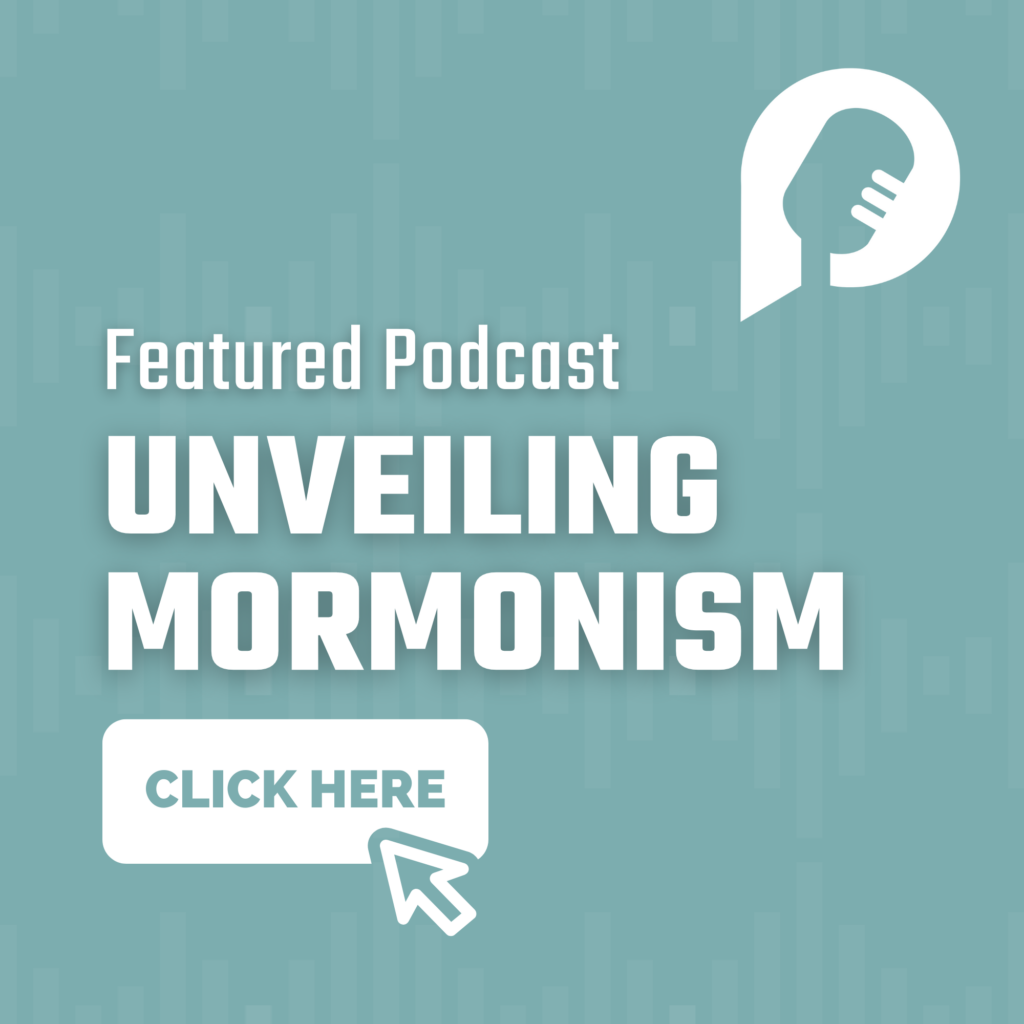Talking Points:
- The Creed of Constantinople was developed at the Council of Constantinople in 381. The period between the Council of Nicea (325) leading up to Constantinople was a time of great intensity in the development of Christian theology, especially the doctrine of the Trinity.
- The big difference in this Creed is how much is said about the Holy Spirit. The first step the early church had to wrestle with was how to affirm the deity of more than one person within the Bible’s monotheistic teaching. Once that was affirmed about Jesus at Nicea, it was a relatively small step to extend the same kind of affirmation to the Holy Spirit.
- By the time the church completed the Creed of Constantinople, they had defined the deity of each of the three persons of the Trinity, and something about their relationship to each other.
The Creed of Constantinople
We believe in one God, the Father Almighty, Maker of heaven and earth, and of all that is seen and unseen.
We believe in one Lord Jesus Christ, the only-begotten Son of God, eternally begotten of the Father before all worlds, Light from Light, very God from very God, begotten, not made, being of one substance with the Father. By whom all things were made; who for us humans, and for our salvation, came down from heaven, and was incarnate of the Holy Spirit and of the Virgin Mary, and was made human. He was crucified for us under Pontius Pilate, and suffered, and was buried, and the third day he rose again, according to the Scriptures, and ascended into heaven, and is seated at the right hand of the Father. He shall come again, with glory, to judge the quick and the dead. ; whose kingdom shall have no end.
And we believe in the Holy Spirit, the Lord, the Giver of life, who proceeds from the Father, who in unity with the Father and the Son is worshiped and glorified, who has spoken through the prophets.
We believe in one holy, catholic and apostolic Church; we acknowledge one baptism for the forgiveness of sins; we look for the resurrection of the dead, and the life of the world to come. Amen.
- Initial reactions to this topic? What jumped out at you?
- What are some ways the creed of Constantinople is like or unlike other ancient creeds?
- Identify how this creed affirms the deity of the Father. Of the Son. Of the Holy Spirit.
- Read Colossians 1:15-20 and Philippians 2:6-11. What were the creed’s writers trying to capture by talking about Jesus as “the only-begotten Son of God, eternally begotten of the Father”? What do you think they were not saying?
- What were the creed’s writers trying to capture by talking about the Holy Spirit as one “who proceeds from the Father”? What do you think they were not saying?
- How does this creed speak to theological questions and issues facing God’s people in our generation?
- Is there a step you need to take based on today’s topic?






